What Are Pepitas?
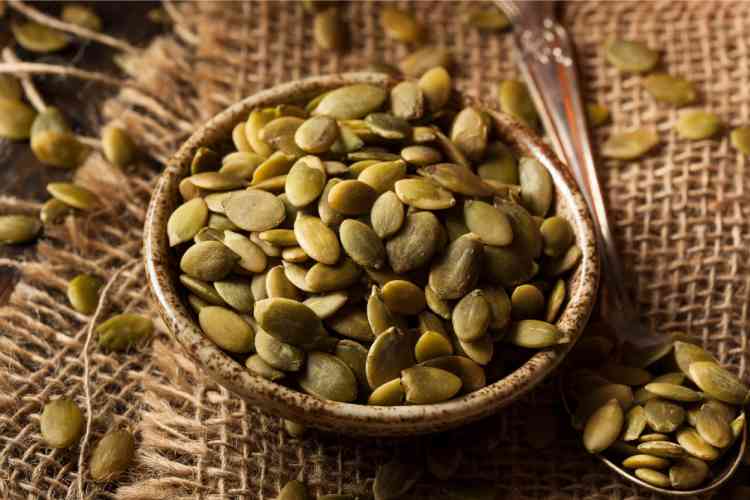
Despite being a popular ingredient, pepitas are shrouded with a shell of mystery, leading many to wonder: “What are pepitas?” While many people think pepita is just another word for pumpkin seeds, you’d be surprised to know that there’s a lot more to the story when it comes to these nutritious little kernels.
Pepita seeds can be a positive and tasty addition to your diet, but it’s important to learn about pepitas before you start cooking with them. Luckily, if you want to find out more about what pepita seeds are, this guide is here to teach you everything you need to know. From the difference between pepitas and pumpkin seeds to the best way to prepare pepitas, we’ve got you covered. Read on and let your pepitas journey begin!
Jump to Section
- What Is a Pepita?
- How To Use Pepita Seeds
- Pepitas vs. Pumpkin Seeds: What’s the Difference?
- Are Pepitas Good for You?
- Where Can I Buy Pepita Seeds?
What Is a Pepita?
So what are pepita seeds? The word “pepita” translates to “little seeds of squash” in Spanish, which is a solid — if not simple — explanation for what pepitas are. Pepitas are a type of pumpkin seed without a shell that are found exclusively in certain types of pumpkins, including Styrian and other kinds of oilseed pumpkins. Pumpkins that produce pepitas tend to have smooth rinds that are typically dark green or yellow.
What are pepitas used for in cooking? In terms of flavor, pepitas tend to be nutty with a delicate crunch and thin skin. You can enjoy pepitas roasted, but because of their delicate nature, you can also eat them raw. Many people choose to add raw pepitas to salads, yogurts and soups — you can even enjoy pepitas on their own as a crunchy snack!
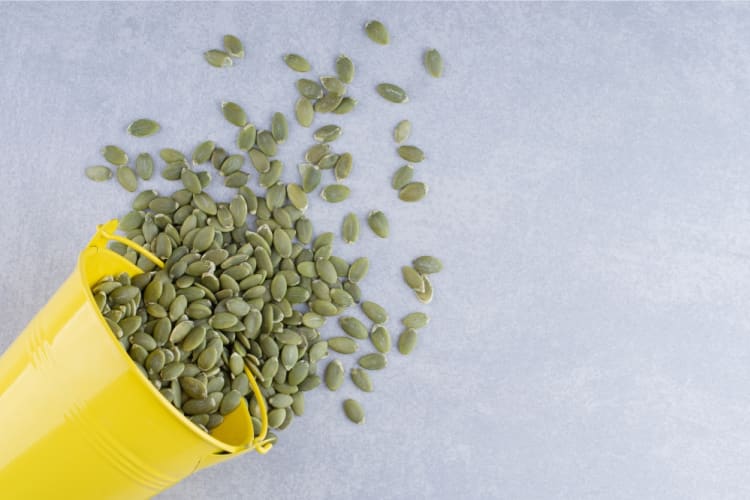
Where Do Pepitas Come From?
Pepitas are harvested from specific types of pumpkins, including oilseed pumpkins like Styrian pumpkins, which are historically native to Eastern Europe. However, pepitas are now harvested all over the world, including in Mexico, where cooking with gourds is a common practice.
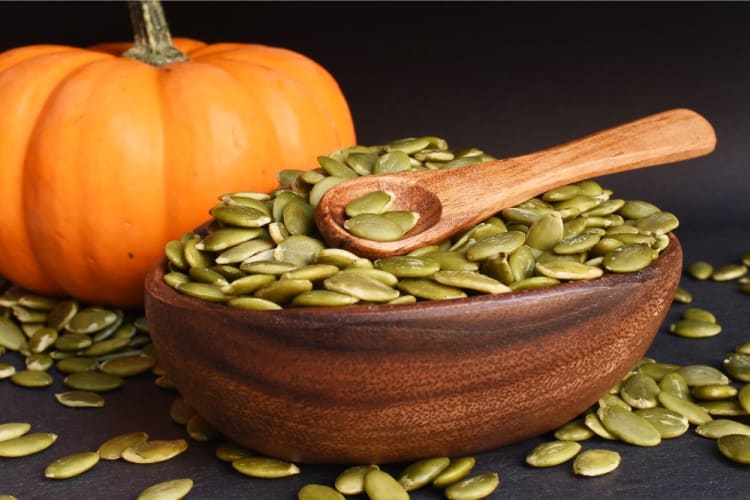
Is a Pepita a Nut or a Seed?
Pepitas are shell-less seeds harvested from specific types of pumpkins. Nuts are a type of seed that typically has a hard shell that needs to be removed before eating, while most other types of seeds can be eaten without having to remove a hard exterior shell.
Pepitas are a low-cost alternative to other seeds, like pine nuts, and they can be used instead of pine nuts in salads, soups and pestos. Pepitas can be harvested far more frequently than pine nuts — which are harvested from pine cones — which explains why they are far more affordable.
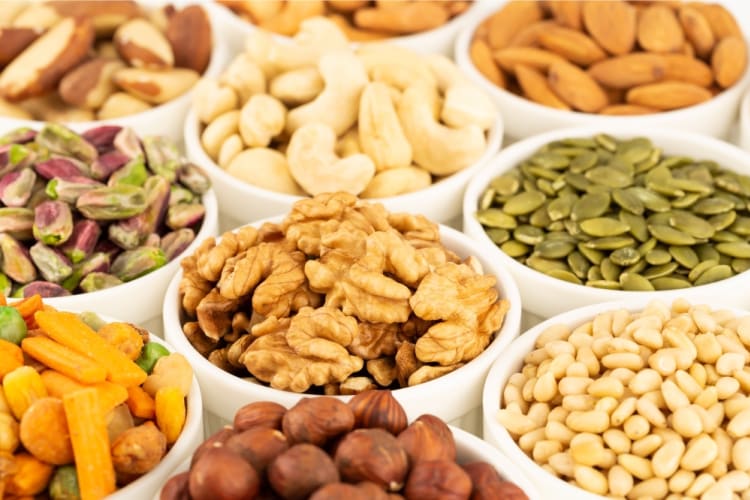
How To Use Pepita Seeds
Having uncovered what pepitas are, you may now want to answer the question: “What are pepitas’ culinary uses?” Pepitas can be enjoyed on their own as a snack, raw or roasted. Pepitas are also popular toppings for soups, salads, grain bowls, oatmeal and yogurt. You can additionally use pepitas as a crunchy element to baked goods like cookies and granola, either as a topping or mixed in with the ingredients.
In addition, pepitas are a delicious coating for meat dishes like oven-baked chicken and they add a deep flavor and texture when blended with a sauce or a soup. In Mexican cuisine, for example, pepitas are often used to bring balance to mole recipes.
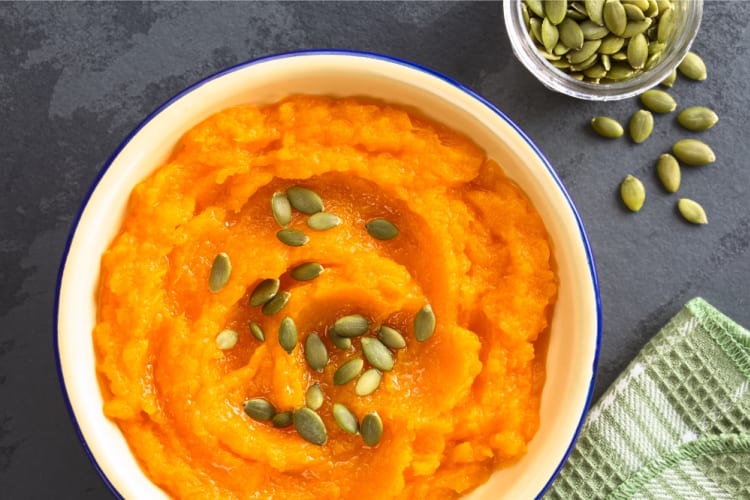
How to Shell Pepitas
Pepitas are typically eaten with their shells, but if you want to remove the shells, here’s how you can do so:
-
After removing the pepitas from the pumpkin, rinse them under cold water.
-
Spread the seeds on a flat surface and lightly roll over them with a rolling pin, so that the shells break and separate.
-
Add your seeds to a pot of boiling water, which will finish the job and allow the shell to completely fall off.

How to Toast Pepitas
Pepitas are delicious when toasted and the toasting process can help heighten the flavors of the pepitas and enhance their crunchiness. Toasting pepitas is simple — just heat a frying pan (no oil needed) and add a single layer of pepitas to the pan. Shake the pan occasionally for about five minutes, then remove from the heat and allow to cool before enjoying.
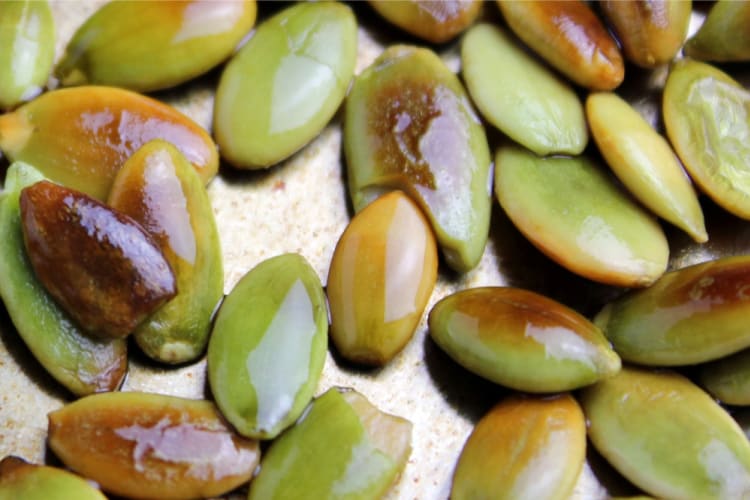
Can You Eat Raw Pepitas?
Pepitas can definitely be eaten raw. While other pumpkin seeds need to be roasted before eating, pepitas have a thin enough exterior that they can be eaten raw. Raw pepitas make for a delicious snack or topping for a wide variety of dishes.
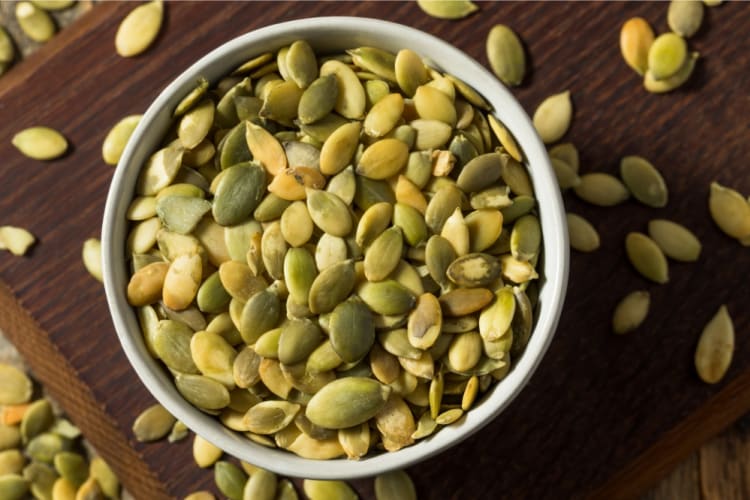
Pepitas vs. Pumpkin Seeds: What’s The Difference?
What are the characteristics that separate pepitas from pumpkin seeds? The main difference between pepitas and pumpkin seeds is that pepitas are a type of pumpkin seed that comes exclusively from hulless pumpkin varieties, like Styrian and oilseed pumpkins. To put it simply, all pepitas come from a pumpkin, but not all the seeds from a pumpkin are classed as a pepita. So while pepitas can be used in place of pumpkin seeds in most recipes, pumpkin seeds can typically not be used in place of pepitas.
Another difference between pepitas and pumpkin seeds is that pepitas can be eaten raw but pumpkin seeds cannot and will need to be roasted before being eaten due to their thicker shell. Pepitas also have a slightly sweeter flavor and they are green in appearance. Pumpkin seeds, on the other hand, are typically white.
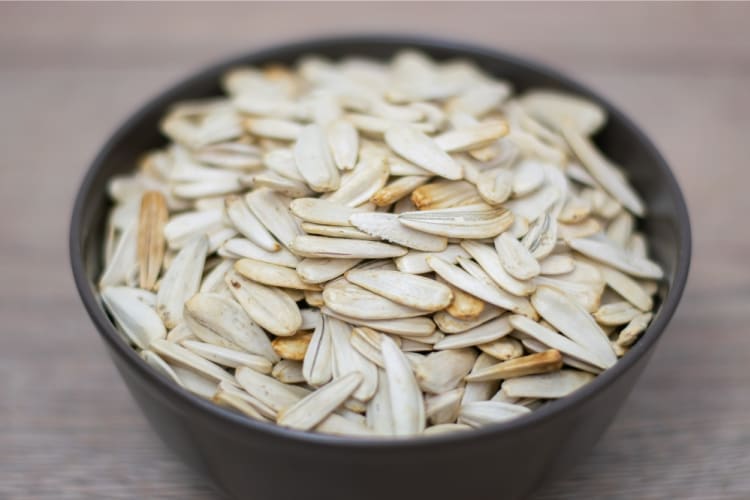
Are Pepitas Good For You?
Are pepitas healthy? The answer, in short, is yes. But what are pepitas' nutritional benefits? Pepitas are a low-calorie snack with a solid amount of plant-based protein. They also provide plenty of healthy fats, which can help lower the risk of heart issues and improve blood cholesterol levels. Additionally, pepitas are loaded with nutrients like iron, zinc and magnesium.
Pepitas also contain fiber, which can aid digestion. Most of the fiber is contained within the shell, so if you want the most amount of fiber from your pepitas, it’s best to eat them with the shells on.
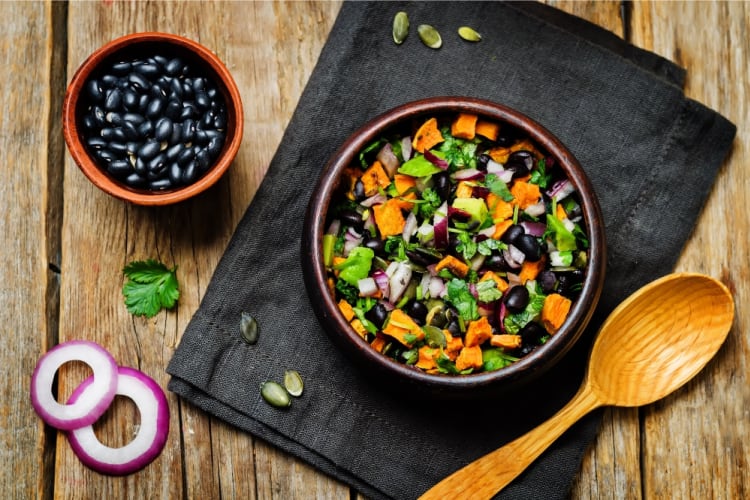
Which Is Healthier: Pepitas or Pumpkin Seeds?
What are pepitas' nutritional value when measured against pumpkin seeds? Pumpkin seeds and pepitas have a very similar nutritional composition, but there are some minor differences. Pepitas are higher in calories and contain more protein and fat than pumpkin seeds. However, pepitas are lower in carbohydrates than pumpkin seeds, so pepitas are a better option if you’re on a low-carb diet.

Where Can I Buy Pepita Seeds?
Raw pepitas are available to buy at most grocery stores, and they can typically be found in the same aisle as other seeds and nuts. You can also extract pepitas yourself from Styrian pumpkins or any other type of oilseed pumpkin, but those can be harder to find.
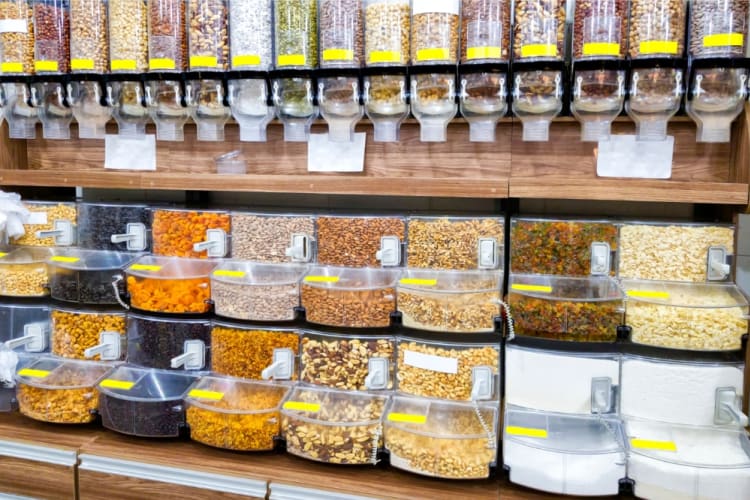
So, now that you’re an expert in the matter, what are pepitas going to do for you in the kitchen? The options are endless when it comes to this nutritious, versatile little seed. Whether you want to eat them raw, add them to a salad or make a tasty batch of pepita pesto, pepitas are here to up your culinary game in every way.
For more ways to explore your favorite foods, check out other experiences happening on Cozymeal.



FOOD FOR THOUGHT?
Join the conversation.